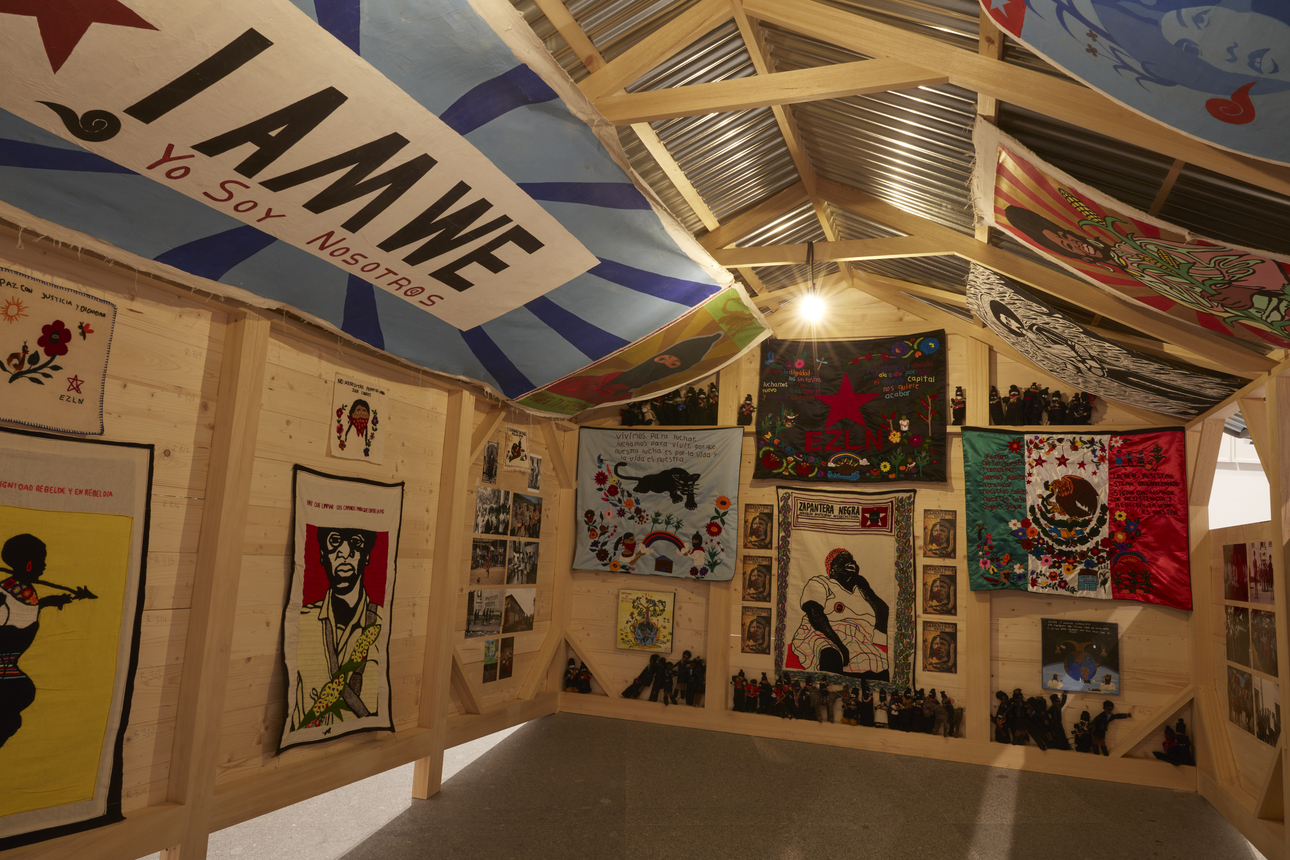
'Graphic turn': A new Madrid exhibit explores forms of street graphic action in Latin America
The Reina Sofia Museum explores the graphic initiatives that have served as a weapon of protest in Latin America from the 1960s to the present day
From the struggle for the decriminalization of abortion in Argentina to the Indigenous rights movements in Mexico, and the constituent process in Chile. The Reina Sofia Museum in Madrid just opened the exhibition Graphic Turn. Like the Ivy on the Wall, a journey through the graphic initiatives — posters, banners, fabrics, T-shirts and more — that have confronted the urgencies of politically oppressive contexts in Latin America from the 1960s to the present. The exhibit showcases strategies of transformation and resistance that radically changed the ways of making and circulating graphic support.
"Who represents whom, who has the voice, who tells the story of unwritten or unwritten cultures? Graphic Turn changes the perception of what public space means, to whom it belongs. In some rooms, the din of demonstrations can be heard. In others, the silence of the disappeared," said the museum's director, Manuel Borja-Villel, at the presentation.
The title of the exhibition pays tribute to the 'turn' understood as revolt, both a challenge to power and a reversal of the roles. For its part, "Like the Ivy on the Wall" refers to a verse from the song "Volver a los diecisiete" by Chilean singer-songwriter Violeta Parra, which inspired the research. The graphics grow on the walls and, like the ivy, always sprout again because things did not happen in this cyclical time, they continue to happen, crossing and moving.
Signs of revolt
The exhibition ranges from young Cuban artists who revisit the iconography of the official propaganda of the first years of the 1959 revolution to restore an ambivalent image to the affirmative discourse of the Castro revolution, like Reynier Leyva Novo, who in his series Novo aniversario (2009-2013), uses clothes and fashion accessories as supports for slogans and logos, such as the well-known "pa' la calle."
Another section of the exhibition brings together material related to the detention and disappearance in 2014 of 43 students from the Raúl Isidro Burgos Rural Normal School in Ayotzinapa, Guerrero, Mexico. They were on their way to Mexico City to participate in the march commemorating the 1968 Tlatelolco massacre.
RELATED CONTENT
The event, still unsolved, generated numerous reactions throughout civil society, inside and outside the country. One of them was Papalotes de los desaparecidos (2014), a work by Zapotec artist Francisco Toledo consisting of 43 kites with the faces of the disappeared, which he flew through the streets of Oaxaca in the company of some children. The effort corresponded with a Mexican tradition during the Day of the Dead, when kites are flown so that the souls can come down to collect their offerings from the sky.
In Colombia, where since the signing of the Peace Agreement between the Government and the FARC in 2016, the persecution and murder of social leaders has increased, artists and activists have used graphics to denounce the violence and mourn those lost. The exhibit in Madrid also includes a photographic record of the series of urban interventions Nos están matando, where portraits of murdered leaders appear by urban artist DjLu. They were displayed in the streets of the main cities of the country in recent years. Also on view is the collaborative project Postcards for Memory, which called on citizens to design postcards for the victims, using the Internet as a platform.

The exhibition also includes some of the initiatives that emerged in the United States in response to the murder of Black men by police, such as the series I Am and My Life Matters (2011-2020), which delves into the Black Lives Matter movement based on the portraits and names of some of the victims, such as Eric Garner and Trayvon Martin. The series was created by the collective Dignidad Rebelde (Jesús Barraza and Melanie Cervantes) — focused on anti-colonialist movements and the principles of Zapatismo, Chicano feminism and collaborative art between collectives and networks of artists.
In another section titled "In Secret," the exhibition is dedicated to the collectives defending sexual liberation that emerged in the 1970s and 1980s in Latin America, which put into circulation, sometimes clandestinely, graphics to politicize the public space, in addition to forming reading groups and exchange networks around the editions of magazines and bulletins. In this area, along with the work of Hudinilson Jr., Perna, Cesar Valencia, Mirta Dermisache, Pablo Uribe, Tania Bruguera and Ezequiel Suarez, is also the work of Javi Vargas Sotomayor, La falsificación de las Tupamaro (Dina Amaru, Farrah Amaru, Marilyn Amaru and Frida Amaru). In it, the artist investigates the murder of "transgender individuals and parishioners" — occurring in a bar in the city of Tarapoto in 1989, by the Túpac Amaru Revolutionary Movement — retaking the icon of Túpac Amaru II, who led an anti-colonial revolt in the 17th century, and alters it through the pop imagery of well-known feminist figures.
The exhibition will remain open until Oct. 13, 2022.


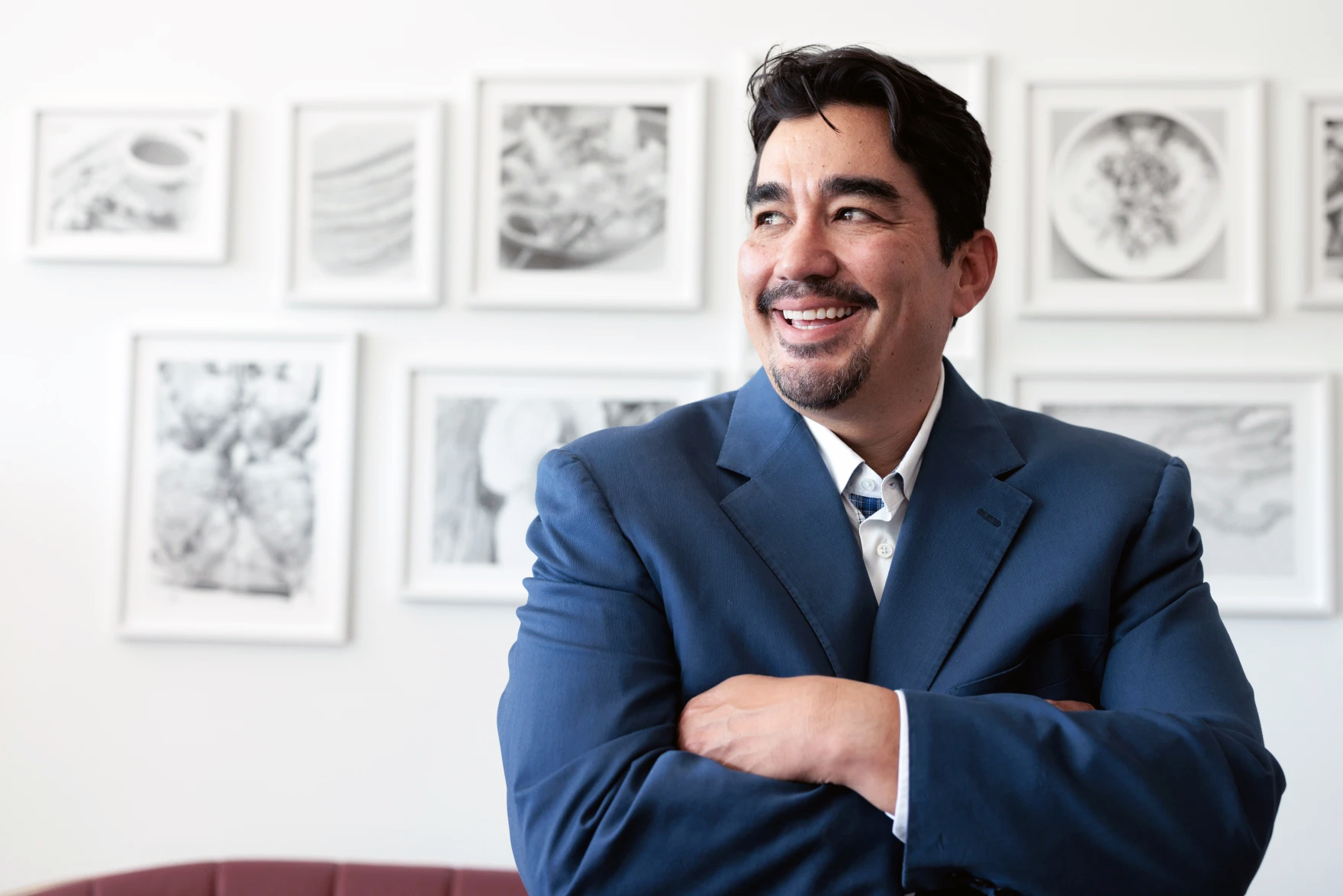
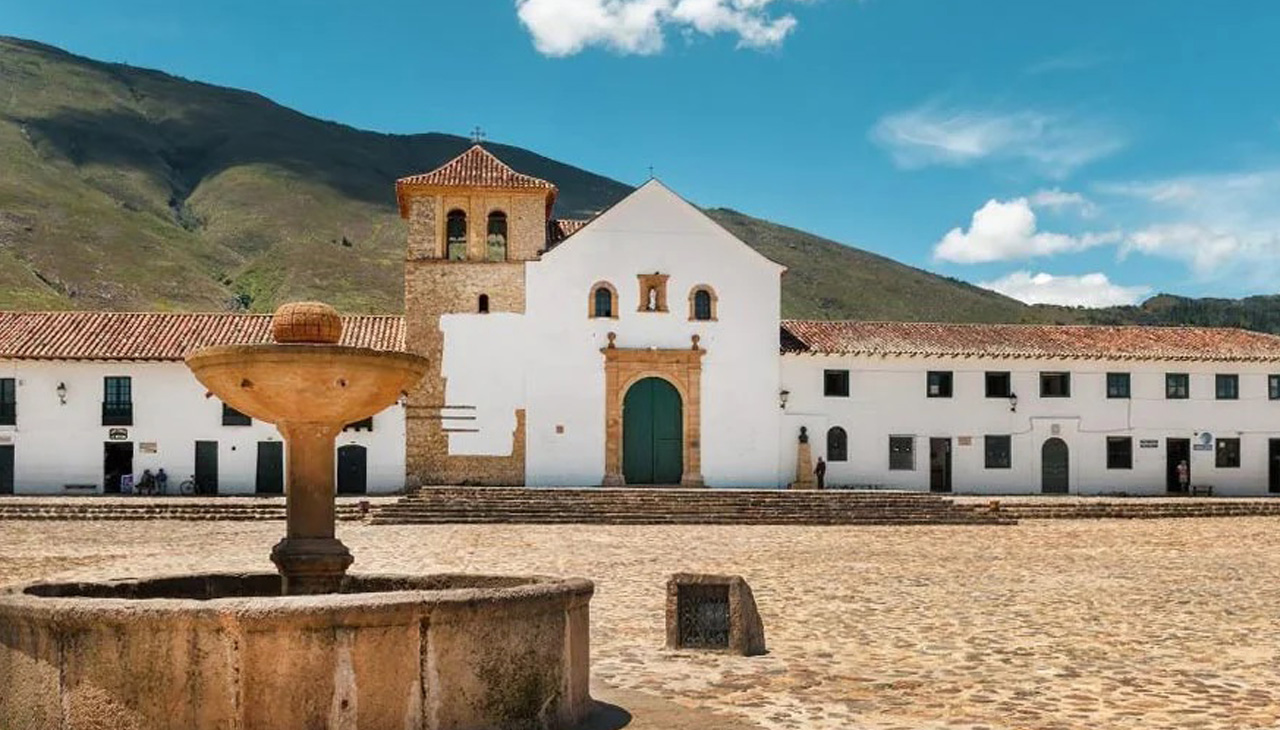


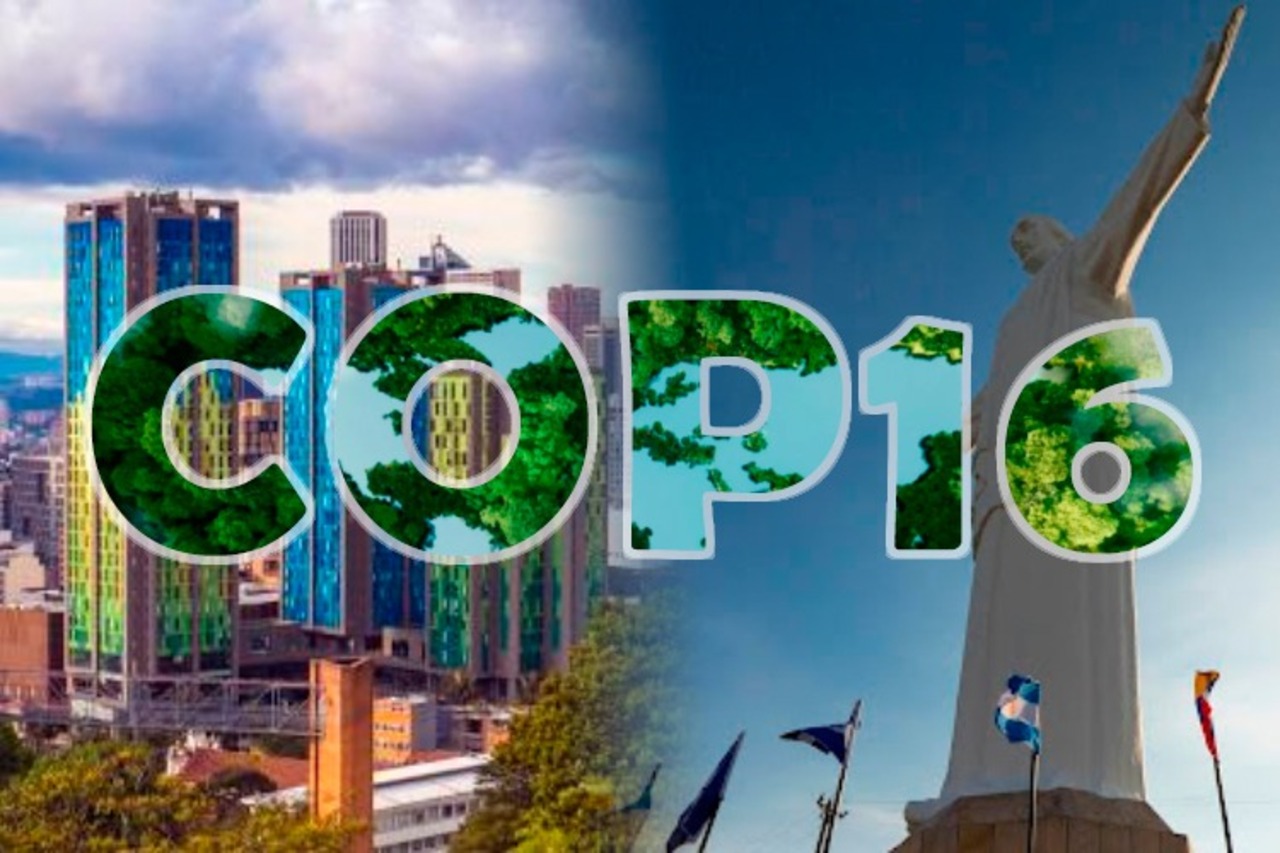


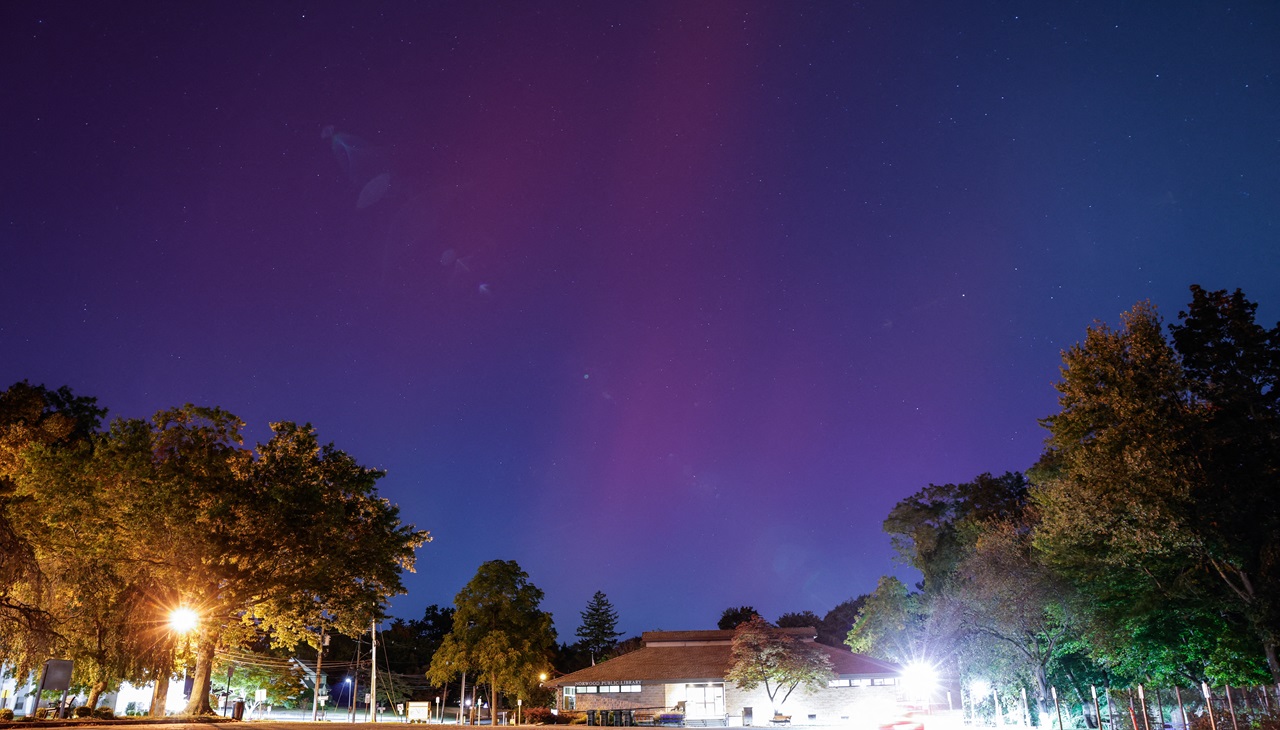

LEAVE A COMMENT: